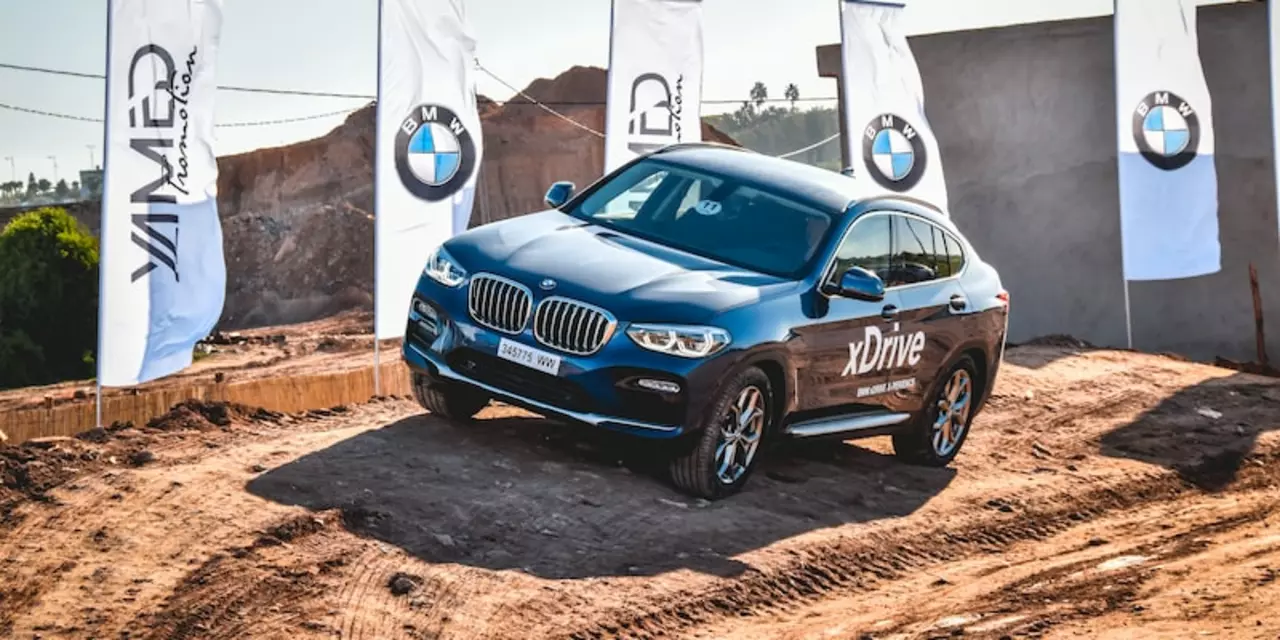Car Test Drive: Everything You Need to Know Before You Hit the Road
Thinking about a test drive? You’re not alone. Most buyers want to feel a car before signing the papers. A good test drive tells you if the ride is smooth, if the tech works, and if you can picture yourself behind the wheel. Below are the basics you should check, the legal side of driving a car without plates, and how to avoid hidden fees.
Legal Basics of Test Driving
First off, can you test drive a car without plates? The short answer is yes – but only if the dealer has a special permit. Dealerships often use temporary tags or dealer plates that let them move cars off‑lot for a short spin. As a private buyer, you can’t just grab a friend’s car and take it for a whirl without a proper permit. Doing that could land you a ticket or worse, an accident claim without insurance.
If you’re buying from a private seller, ask whether the car has a current registration. In most states, you need a valid plate or a temporary permit to drive on public roads. Some places let you drive a few miles for a test, but you’ll need to sign a short‑term agreement and show proof of insurance.
What about fees? Many dealers offer free test drives, but a few charge a small amount to cover mileage or insurance. Always ask ahead of time. A $20‑$50 fee isn’t unheard of, especially for high‑performance models that need extra insurance coverage. If the dealer tries to hide the cost, walk away – you deserve transparency.
Getting the Most Out of Your Test Drive
Now that the legal side is clear, let’s talk strategy. Schedule a test drive when you’re fresh and not in a rush. Bring a friend who can give honest feedback – they’ll notice things you might miss, like blind‑spot visibility or strange noises.
Start with city streets to feel how the car handles stop‑and‑go traffic. Then hit a highway to check acceleration, cruise control, and noise levels. Pay attention to ergonomics: can you reach the pedals comfortably? Is the steering wheel at the right height? Do the seats support you on longer rides?
Don’t forget the tech. Test Bluetooth pairing, navigation, and any driver‑assist features. Turn on the headlights, turn signals, and wipers – make sure they respond instantly. If the car has an infotainment screen, scroll through menus to spot any lag.
Finally, ask for a short test in different conditions if possible. Rain or light snow can reveal how the car’s traction control behaves. A quick climb up a hill shows real‑world power and braking performance.
When the drive ends, sit down with the sales rep and discuss any concerns. A reputable dealer will let you take another spin or bring a mechanic for a pre‑purchase inspection. If you feel any red flags – strange smells, rattles, or sluggish response – trust your gut and keep looking.
In short, a test drive isn’t just a quick lap around the lot. It’s your chance to make sure the car fits your lifestyle, budget, and safety expectations. Follow the legal steps, watch for hidden fees, and use a systematic approach to evaluate the vehicle. That way, you’ll drive away confident that you made the right choice.
